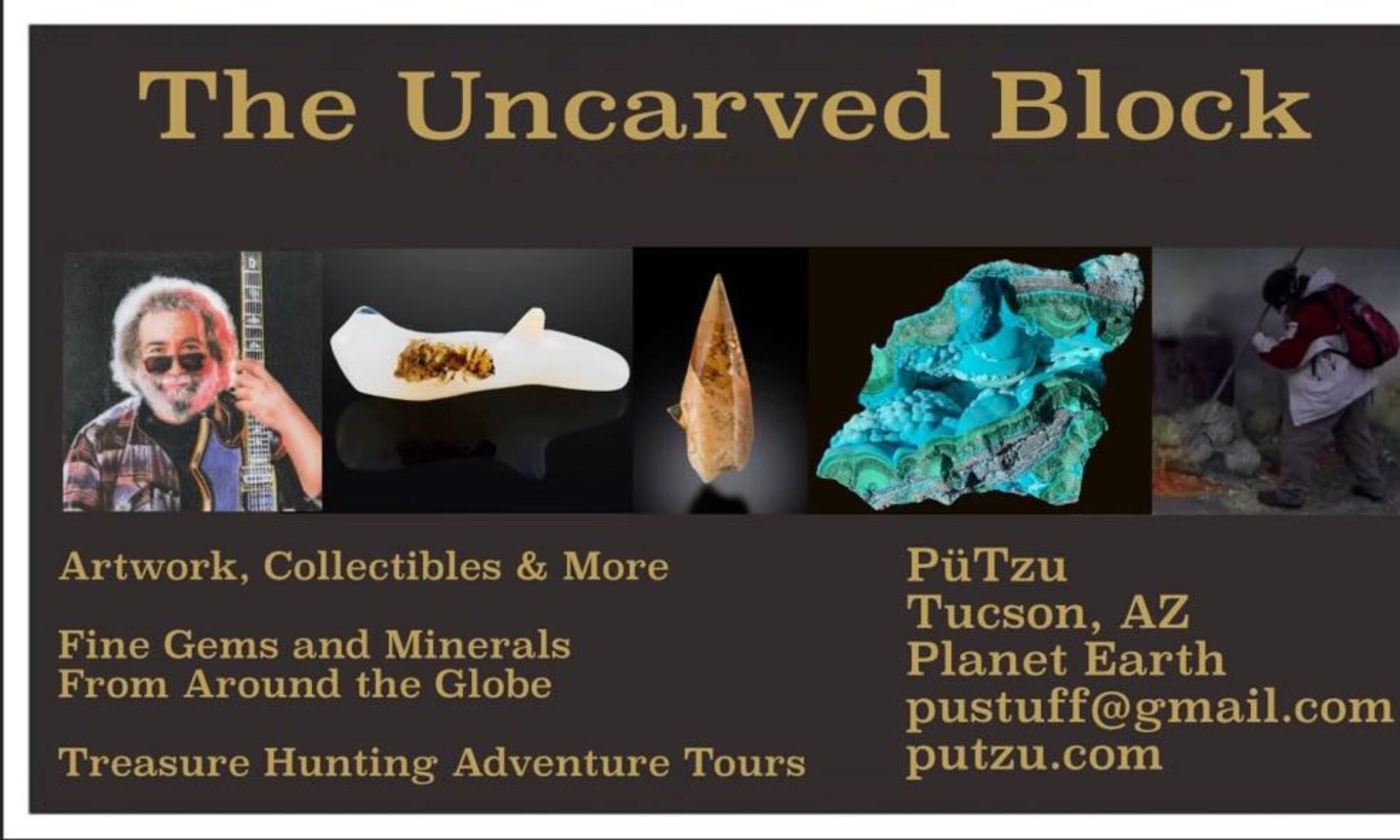Navigating a Complex World
Exporting rocks, minerals, or fossils for a personal collection is rarely simple. Regulations are designed for commercial trade and national security, creating a minefield of legal risks for hobbyists. This guide helps you understand the key challenges—from cultural heritage laws to biosecurity—so you can navigate the process safely and legally.
Four Pillars of Export Regulation
Cultural Heritage
Many nations consider significant minerals and fossils to be non-exportable cultural property. A seemingly ordinary rock could be protected by law if it’s from a sensitive site or has scientific value.
Biosecurity
A universal rule: your specimens must be completely clean. Soil and organic matter can carry pests and diseases, leading to immediate confiscation and destruction at the border, regardless of value.
Strategic & Precious Minerals
Rough diamonds, rare earth elements, and other strategic resources are highly controlled. Exporting them, even in small amounts, requires specific permits like a Kimberley Process Certificate.
Customs & Declaration
All items must be accurately declared. Value thresholds (e.g., $2,500 in the US) determine the required paperwork, but low value does not exempt an item from other permit requirements.
Country Policy Explorer
Select a country to view a summary of its key export policies for personal stone collections. This is not exhaustive legal advice but a starting point for your research.
Policy information will appear here.
Common Regulatory Hurdles at a Glance
This chart shows how many of the profiled countries have significant regulations in key areas. It highlights the most frequent challenges for collectors.
Your Pre-Export Compliance Checklist
Verify Legal Ownership
In many countries (e.g., Brazil, Greece), all minerals legally belong to the state. Ensure you have the right to possess and export the item. Was it acquired from a licensed dealer?
Check Cultural Heritage Lists
Is your item a “fossil,” “mineral,” or from an archaeological zone? It may be considered protected cultural property (e.g., Canada, Italy), requiring a specific export permit regardless of age or value.
Clean It Meticulously
This is non-negotiable. Remove every trace of soil and organic matter to comply with universal biosecurity regulations (e.g., Australia, USA).
Identify the Mineral Type
Is it a rough diamond, a rare earth element, or another strategic mineral? If so, specific, strict export controls apply (e.g., Kimberley Process, China’s controls).
Prepare All Documentation
Gather all necessary permits, certificates, proof of purchase, and prepare your customs declaration. Accurate valuation is critical. Ignorance of the law is not a defense.
